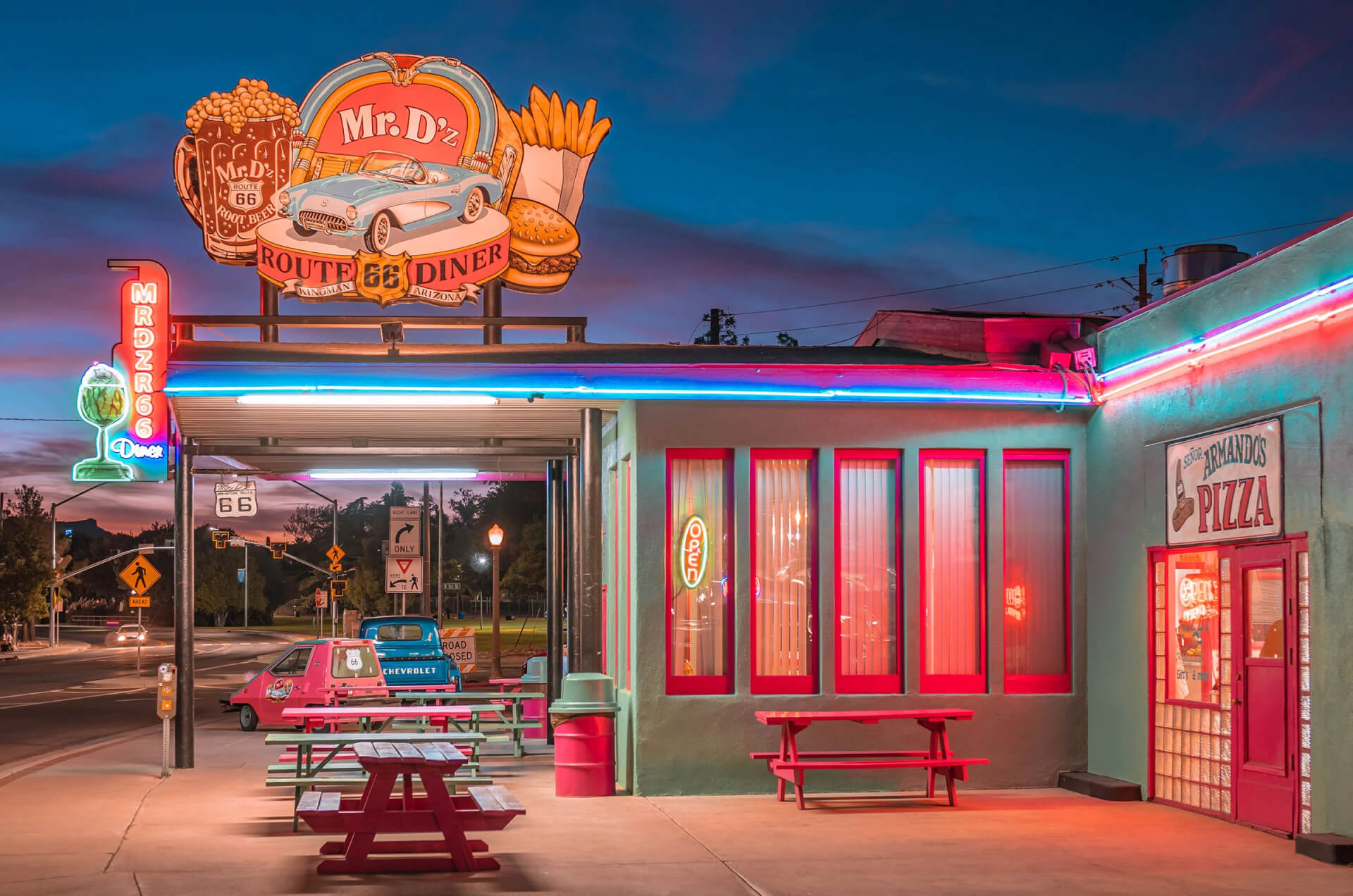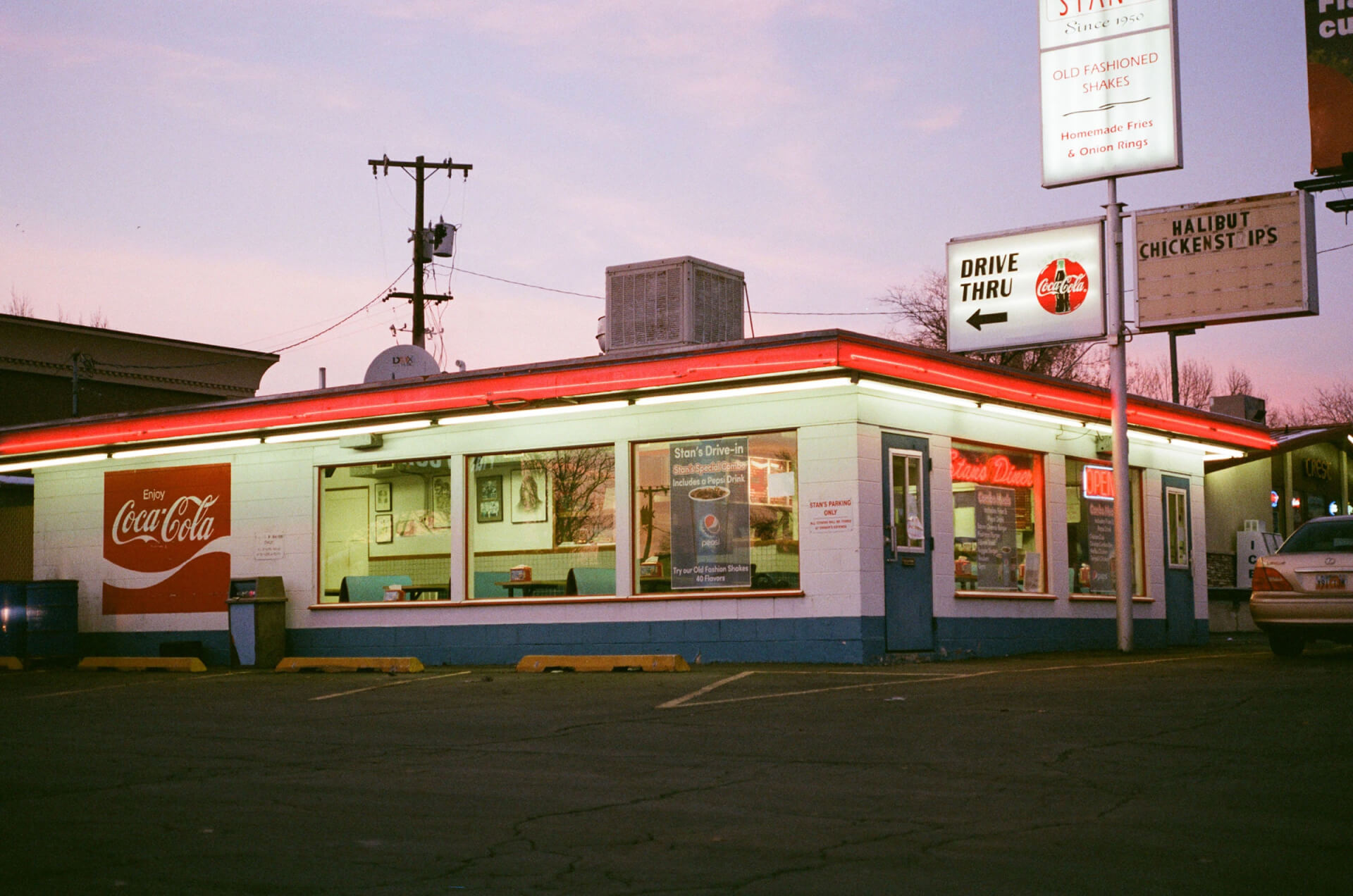November 7, 2021 · Written by Barki

The American diner was traditionally a small restaurant - more or less in the form of railway car - which provided solid, inexpensive food for the working man at virtually all hours of the day and night.
From its humble origins in 1872, the diners flourished in the 1920s and 30s and were particularly frequented during the bleakest years of the Depression. In recent decades, diners have been dying out, victims of pervasive fast-food chains. There's nothing quite like your local diner. Whatever side of the breakfast-lunch divide you fall on, that's the place to get it done deliciously right. But depending on where you live (or how many old movies you've seen), you may have noticed that a lot of those restaurants bear a striking resemblance to train cars, plucked off the rails and placed on a city street. Why? Well, that's exactly what happened to them.

A crude precursor of the diner was created in 1872 by Walter Scott, who sold food out of a horse-pulling wagon to employees of the Providence Journal, in Providence, Rhode Island. Scott's diner could be considered the first diner with walk-up service, as it had windows on each side of the wagon. In Worcester, Massachusetts, in 1887, by Thomas Buckley. Buckley was successful and became known for his "White House Cafe" wagons. Charles Palmer received the first patent (1893) for the diner, which he billed as a "Night-Lunch Wagon." He built his "fancy night cafes" and "night lunch wagons" in the Worcester area until 1901.

Staff recipe: (Yes, we like) Piña Coladas
Ice cream biscuit roundup: Our verdict




